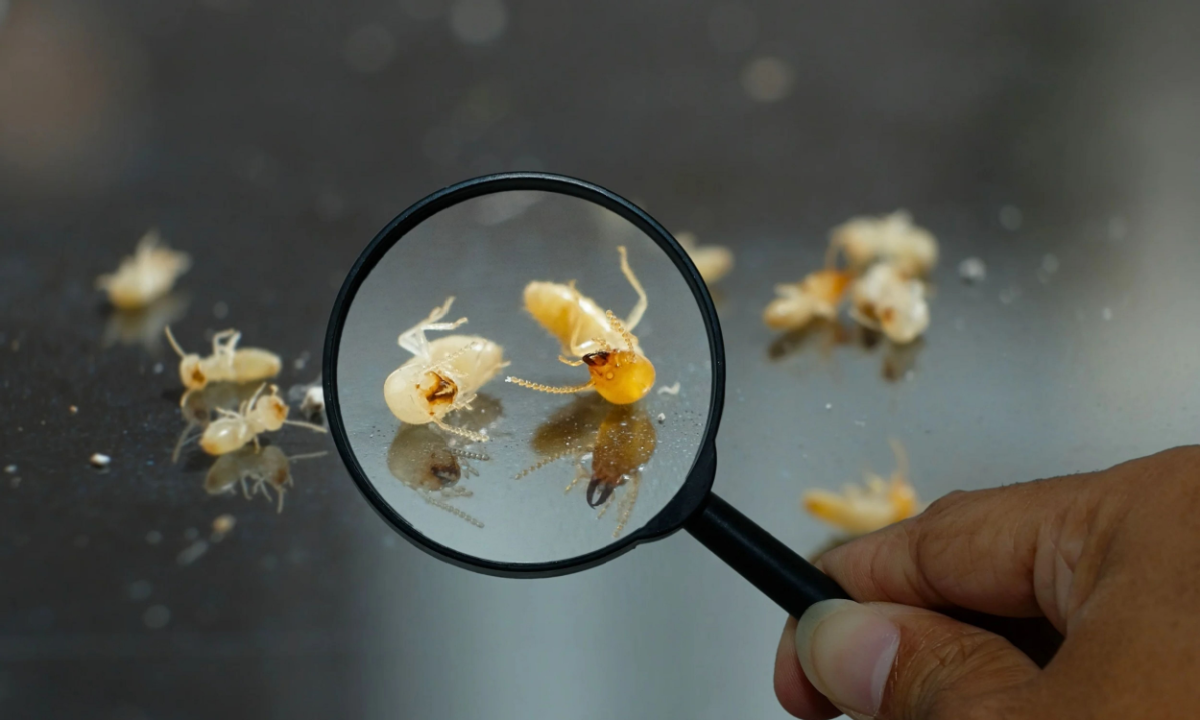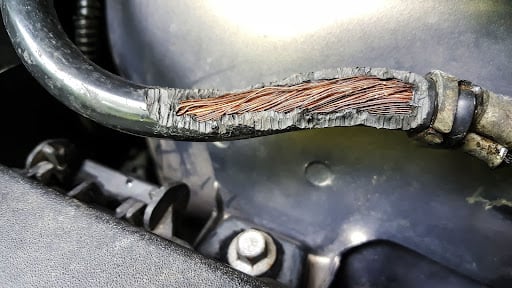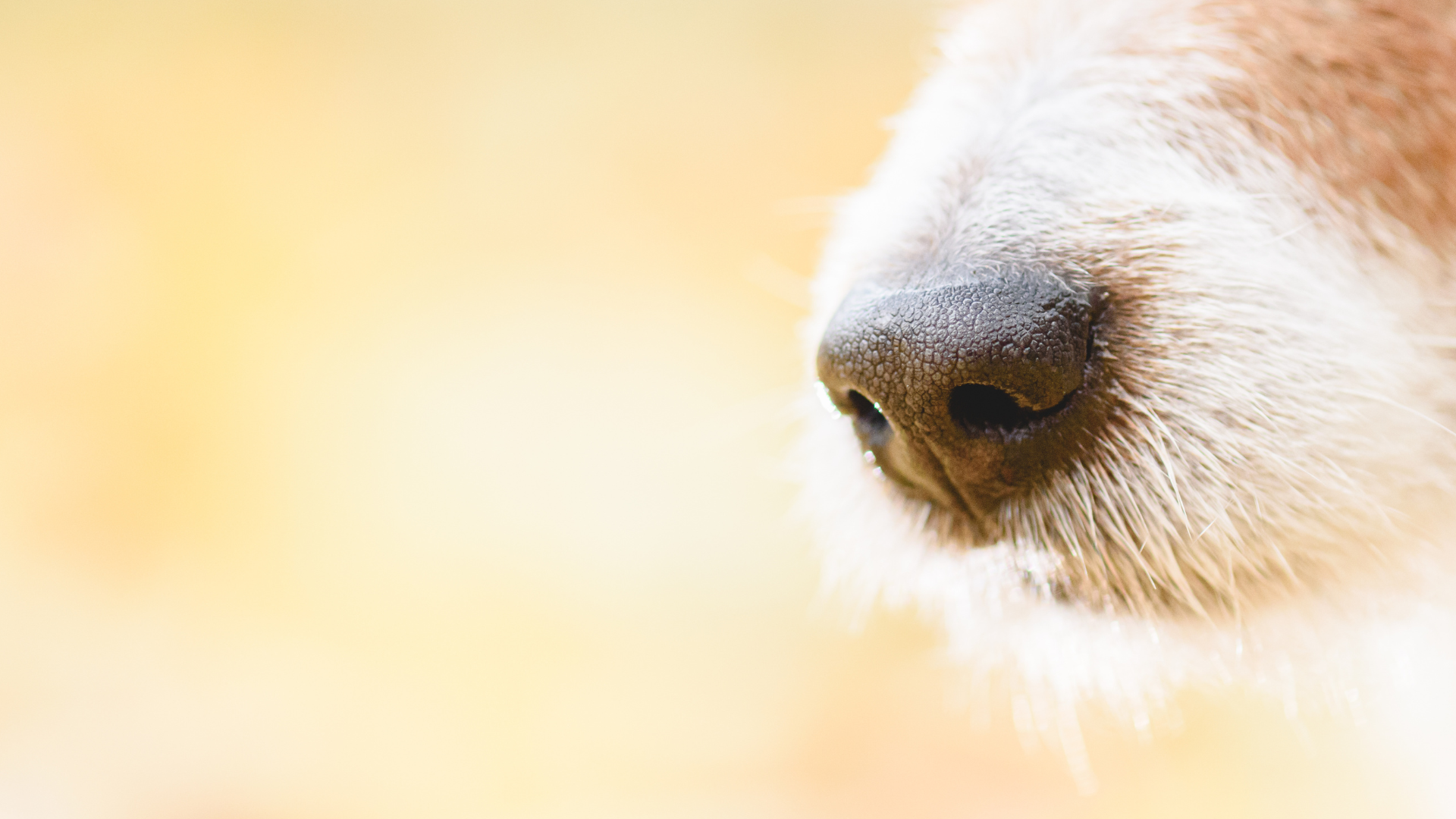When it comes to common summertime insects, yellow jackets are some of the most feared and considered one of the most dangerous bugs in New Jersey. While these insects are extremely beneficial to our environment and work to pollinate flowers and feed on insects that would otherwise damage our gardens, yellow jackets are also known to become aggressive when provoked, even stinging multiple times.
While keeping yellow jackets away from your property is no easy feat, there are measures you can take to prevent them from hanging around your yard and interfering with your summer plans.Request a Free, No-Obligation Quote
Request a Free, No-Obligation Quote
Identifying Yellow Jackets
Yellow jackets in New Jersey are black with distinct yellow markings on their head and abdomen, giving them the eponymous name of “yellow jacket.” These stinging insects can also be identified by their segmented body and thin waist, as well as their hairlessness compared to other types of bees. Typically, yellow jackets grow to about ½ to 1 inch long, so they tend to be on the smaller side compared to the similar-looking hornet.
The Risks of Yellow Jacket Encounters
Encountering a yellow jacket is no joke and can become even more serious if encountered in large numbers.
Yellow jackets are known to sting multiple times when provoked, and their venom can even cause allergic reactions in some people.
If you encounter a yellow jacket, try to walk away in a straight line, as moving around or swatting can draw more attention to yourself and may provoke these stinging insects to attack.
Common Yellow Jacket Attractants
Yellow jackets are particularly attracted to the smell of meat, which is why you may spot these flying insects hanging around backyard barbecues during the summer months.
When it comes to choosing yellow jacket bait, many people opt for canned white chicken meat, but other protein-based foods should also do the trick. Yellow jackets are also drawn to sweet substances such as juice and soft drinks, so be sure to check any open cans of soda left outside during the summertime!
Creating a Yellow Jacket-Free Environment
Eliminating Attractants and Food Sources
One of the biggest ways to create a yellow jacket-free environment is to eliminate all possible attractants and food sources. While coming into contact with a yellow jacket may sometimes be unavoidable, such as hosting a summer cookout, being proactive in ensuring food or drinks don’t sit out for an extended period is crucial in preventing yellow jackets from overstaying their welcome.Request a Free, No-Obligation Quote
Request a Free, No-Obligation Quote
Proper Waste Management and Garbage Disposal
Properly disposing of garbage is another key way to keep yellow jackets away from your property.
Since garbage is one of the biggest attractants for yellow jackets, you will want to ensure you keep your garbage bags tied and the cans sealed to prevent these stinging insects from making themselves at home.
Planting Yellow Jacket-Repellent Herbs
Herbs like rosemary, lemongrass, peppermint, spearmint, and geranium are all known to keep yellow jackets at bay, so try planting these herbs around your home and garden if you are experiencing a large yellow jacket presence.
Essential Oils and Natural Sprays
Applying the scents from these herbs in essential oil form can also help keep these insects away. Adding a few drops of essential oil to a spray bottle combined with water and spraying it outside of your home can effectively prevent them from lingering around your property.
Building DIY Yellow Jacket Traps
Whether you’re on a budget or would simply prefer to try a DIY method, building your own yellow jacket trap can also be effective. A common DIY yellow jacket trap involves using an empty 2-liter soda bottle and adding sugar, water, apple cider vinegar, and a banana peel before shaking the mixture up.
Using a utility knife, cut a small opening in the bottle to give the yellow jackets room to enter. Next, simply place the trap near the hive and wait for the yellow jackets to enter and get caught.
Professional Yellow Jacket Removal
When it comes to getting rid of a yellow jacket infestation, Integrated Pest Management, or IPM, is one of the most effective methods. IPM is an ecosystem-based method for natural pest control that involves biological control, habitat manipulation, and a combination of both chemical and non-chemical practices. IPM has proven to be highly effective in eliminating pests of all kinds, including yellow jackets.
Most pest control professionals use a combination of IPM and organic insecticides to remove them from your property.
We should also note that yellow jacket removal can be a tough job and should be left to a pest control professional, as you could be putting yourself at risk of getting stung or the infestation returning if you try to take matters into your own hands.
FAQs
How can I differentiate yellow jackets from bees and other wasps?
While yellow jackets can be easily mistaken for other types of bees and wasps, there are some key differences to be aware of. Most notably, they have a distinct appearance that can help you identify them, such as their bold black and yellow coloring and their, segmented bodies and thin waist. Yellow jackets are also hairless, while some other types of bees have hair on their bodies. They are also smaller but thicker than wasps, which is important to note when differentiating the two.
What are some common attractants for yellow jackets?
Yellow jackets are most attracted to meat and other protein-based foods, such as grilled chicken, steak, and hamburgers. They are also drawn to sweet and sugary substances, like soda and fruit juices, as well as tree sap.
When should I seek professional help for yellow jacket removal?
If you discover a yellow jacket infestation near your property, you must act fast. Yellow jackets can be difficult to get rid of and can form multiple nests across your property. You will also increase the risk of being stung if you attempt to deal with the problem yourself. Seeking the help of a pest control professional is the best way to ensure that an infestation is taken care of quickly and safely.



